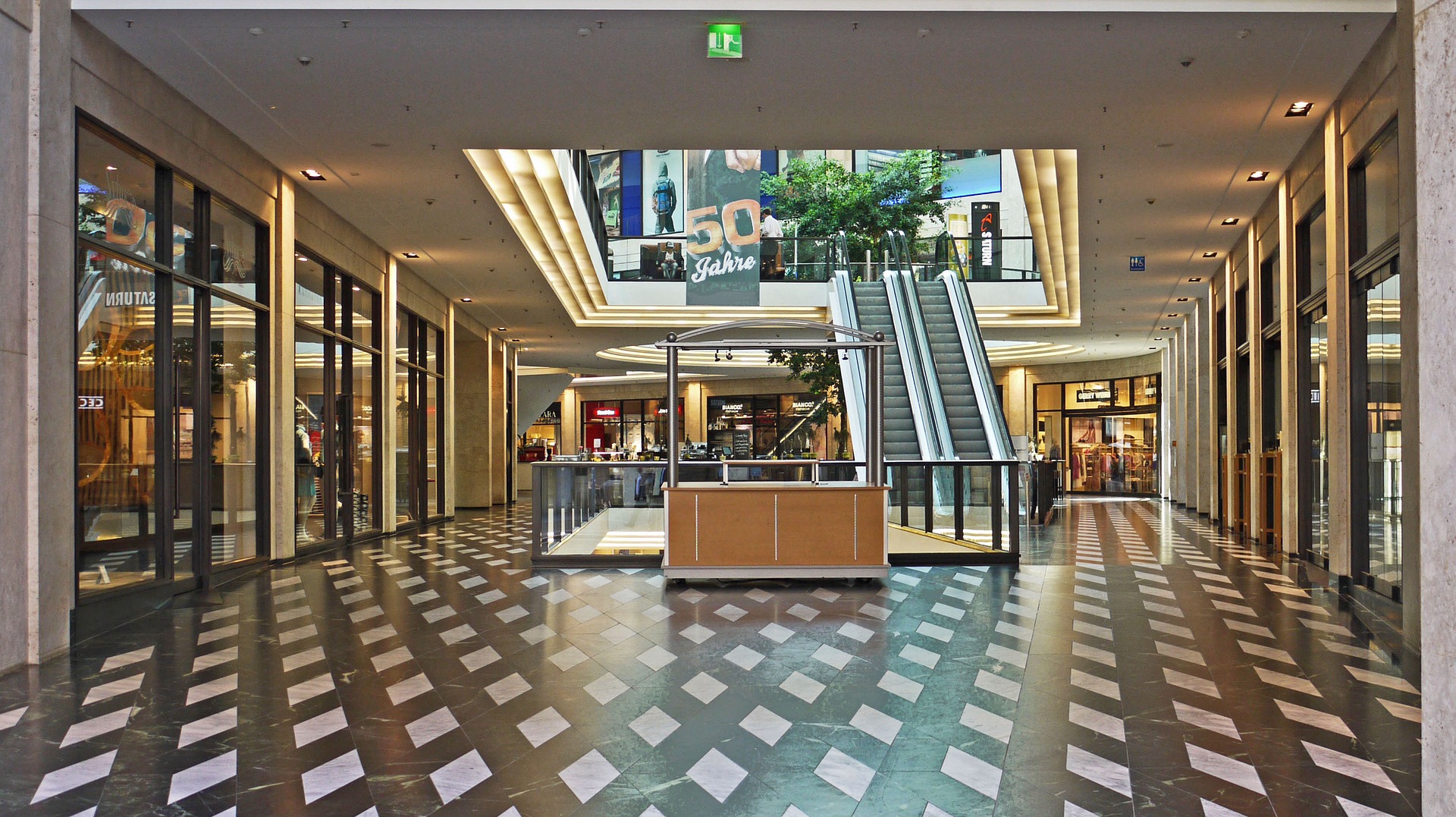Interested in the success of pop-up stores and flash retail? Here’s how to apply these flexible, data-rich solutions to industries beyond retail.
 But why exactly are pop-ups so popular, and how can other industries take advantage?
Read on to learn more about this interesting and effective sales model, and how it can apply to a diverse set of industries.
But why exactly are pop-ups so popular, and how can other industries take advantage?
Read on to learn more about this interesting and effective sales model, and how it can apply to a diverse set of industries.


 But why exactly are pop-ups so popular, and how can other industries take advantage?
Read on to learn more about this interesting and effective sales model, and how it can apply to a diverse set of industries.
But why exactly are pop-ups so popular, and how can other industries take advantage?
Read on to learn more about this interesting and effective sales model, and how it can apply to a diverse set of industries.
Why The Pop-Up Model Works
To understand why pop-ups have become so popular, it’s important to understand the current state of the brick-and-mortar retail world. Steven Johnson at The Atlantic explains that pop-ups have come at a time when traditional retail models are battling the convenience of eCommerce powerhouses like Amazon. Despite the fact that shopping online has increased, the traditional retail model still serves as the most effective way to get people in the door and inspire a purchase. As Stratix Corporation’s Gary Lee points out, 90 percent of all retail purchases in America were still made in brick-and-mortar stores. Pop-up shops take advantage of this power while offering a more exciting and unexpected model that drives consumer interest. Pop-up shops also drive demand because they tap into a sense that a product or service won’t be available forever. Xello Future product owner Humayun Khan explains that the temporary nature of pop-up shops compel consumers to take action. Because they know that the shop will disappear in a few weeks or even days, they know they won’t be able to get that product forever. In turn, this inspires them to purchase on the spot more often than a brick-and-mortar store that’s open year-round can.
Adopting the Pop-Up Mindset
Pop-up shops started with small artisans and crafters before big brands adopted the model. Today, the pop-up mindset serves as a model that can be adopted across industries and markets. One of the core mindsets of the pop-up model is that it bridges the gap between traditional retail models and eCommerce. Sarah Steimer at the American Marketing Association explains that while pop-ups are more fleeting than physical stores, they offer a real and tangible benefit that eCommerce doesn’t. Moreover, pop-up shops give a company the ability to be omnipresent because they’re in-person yet provide digital data capture and create socially shareable moments for customers.Interactive Environments
Another benefit of a pop-up shop — and one that can be modeled across multiple industries — is the element of interactivity. Pop-up shops encourage people to come in, explore, touch things and try them on. One example of a successfully interactive pop-up shop is one created by St. Ives, a skincare brand from Unilever. The brand’s marketing director, Suzanne Palentchar, says millennials — the shop’s target demographic — are seeking much more than simply a place to buy things when they head out to shop. “They’re seeking experiences, not just products, and we wanted to be part of that journey they’re on.” St. Ives products are traditionally available only in retail stores, but this pop-up shop created the opportunity for customers to create their own personalized scrubs, a memorable and powerful interaction that can’t be found elsewhere.Consumer Data Capture
Another way to adopt the pop-up mindset is to consider how you can track and understand consumer behavior data. Traditional retail stores have a wealth of opportunities at their fingertips; even the act of even walking into store creates an opportunity for comprehensive data collection. Pop-ups provide brands and companies with an opportunity to measure this sales lift across in-store and digital environments. For example, Storefront co-founder and CEO Erik Eliason says that many pop-up shops offer deals in the pop-up shop that can be redeemed online. It also goes to show that one in-person interaction can have a major ripple effect across social media and the internet. A store “might get 30,000 people to come into the store to come into the event, but there might be another 300,000 impressions online,” Eliason adds.